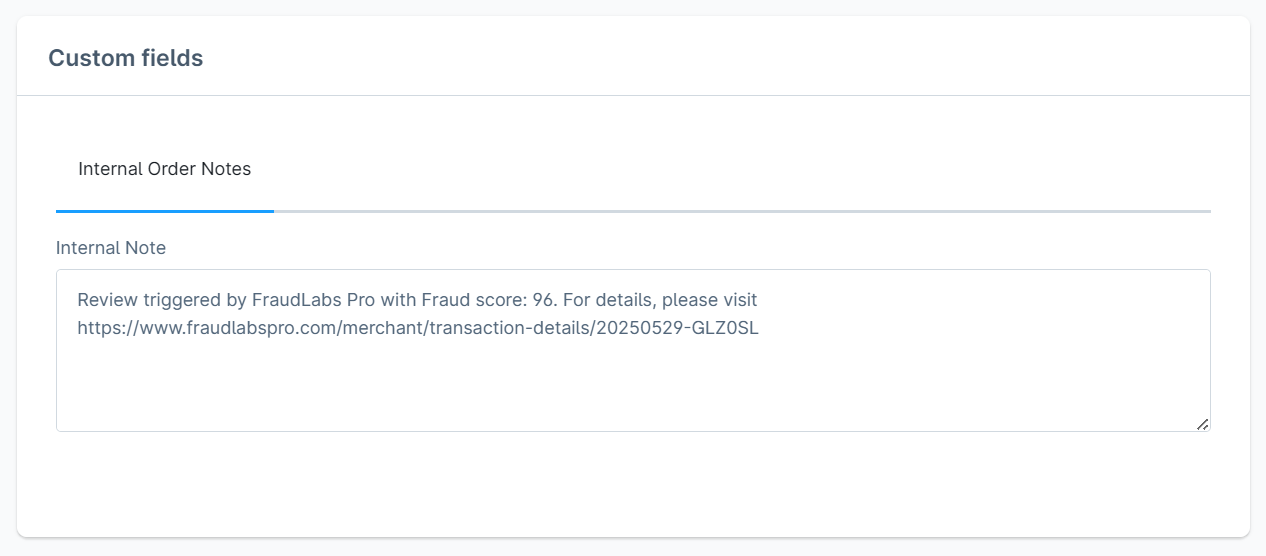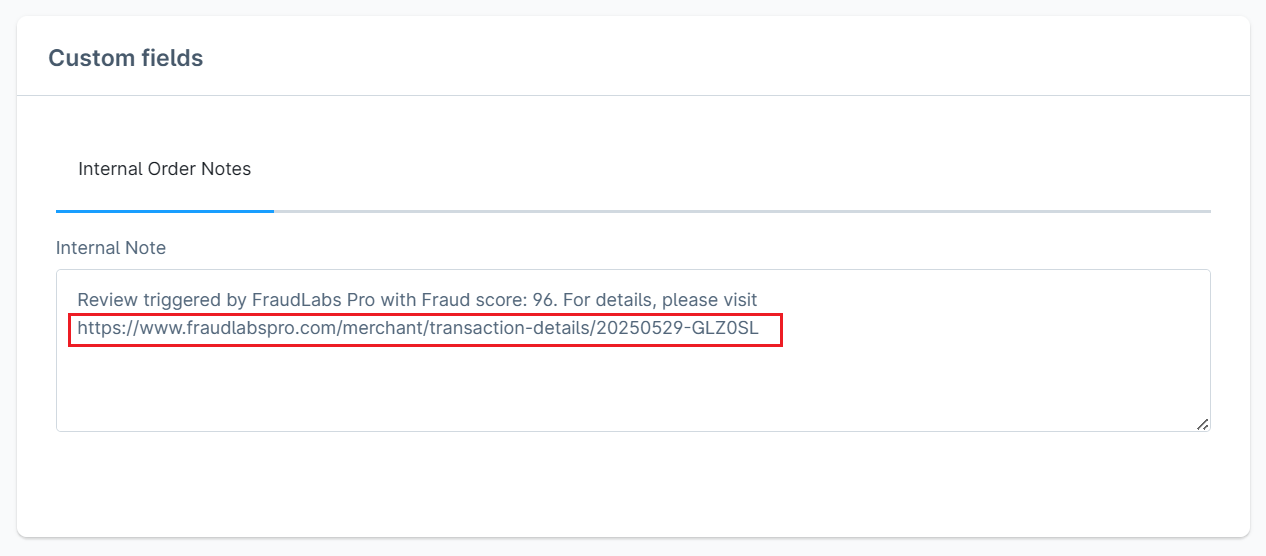
If you’re running an eCommerce store on Shopware, protecting your business from fraudulent orders is essential. FraudLabs Pro is a powerful fraud detection plugin for Shopware that helps to screen and stop suspicious transactions before they cause financial losses. In this article, we’ll show you how to test the FraudLabs Pro fraud prevention plugin in your Shopware store and how to review fraud analysis results effectively.
💡 Haven’t installed the FraudLabs Pro plugin on your Shopware store? Follow this guide.
🆓 Don’t have a FraudLabs Pro account yet? Create a free account.
Why Use FraudLabs Pro in Shopware
FraudLabs Pro provides real-time fraud detection using customizable rules, IP geolocation, email and device fingerprinting, proxy detection, and more. It helps you to:
- Detect risky orders before fulfillment
- Prevent chargebacks and fraudulent losses
- Automate fraud review using smart scoring
- Stay in control with detailed fraud reports
Step-by-Step: How to Test FraudLabs Pro in Shopware
1. Log in to Your Merchant Dashboard
First, log in to your FraudLabs Pro Merchant Dashboard.
Go to the Rules tab, where you’ll find 5 default fraud detection rules already created for your account. You can edit these or add your own to meet your store’s needs.

Example Rule for Testing:
We will use the Visitor IP Address EQUALS to Anonymous Proxy rule for testing purposes. This rule will flag any order placed using a proxy or anonymous IP address.

2. Simulate a Fraudulent Order
To test the rule in action:
- Visit your Shopware store using a VPN or proxy IP address.
- Add an item to the cart and proceed to checkout.
- Enter shipping details and complete the order.
FraudLabs Pro will screen the order immediately and apply your rules.
3. Review Order in Shopware Admin Panel
Once the order is placed:
- Login to your Shopware Admin, go to Orders > Overview.
- Open the test order and click on the Details tab.

- Scroll down to the Custom Fields section.
Here, you’ll find a fraud summary under the Internal Order Notes field. It includes:
- Fraud score (e.g., 96)
- Validation status (Approve, Review, or Reject)

If the rule was triggered, the order will be marked for manual review.
4. Analyze the Full Fraud Report
To view the full fraud analysis report, click the link in the Internal Order Notes.

You will see the fraud analysis report in FraudLabs Pro Merchant Area as below:

It includes:
- The fraud score and triggered rules
- IP geolocation and device info
- User information and more
Use this report to confidently approve or reject the transaction.
The above testing is just an example to show you how to test FraudLabs Pro fraud prevention plugin in Shopware. In the testing, we have placed an order using an anonymous proxy IP. The order is treated as risky and flagged for review. This is because it triggered one of the default rules that was set in the validation rule. You may perform other tests with other scenarios as well to further explore our plugin.
Final Thoughts: Protect Your Shopware Store from Fraud
FraudLabs Pro gives you the flexibility to build your own fraud screening logic while relying on proven, automated tools. With full visibility into every flagged transaction, you can make informed decisions and prevent fraud losses before they happen.
By setting up rules and analyzing fraud scores, you can reduce fraudulent chargebacks, improve operational efficiency and make smarter order decisions. Don’t wait for fraud to damage your bottom line. Start using FraudLabs Pro for Shopware eCommerce fraud prevention today.
Protect Your Shopware Store
Stop fraud before it happens with FraudLabs Pro real-time fraud order screening.